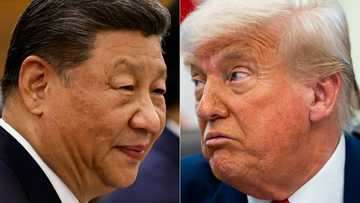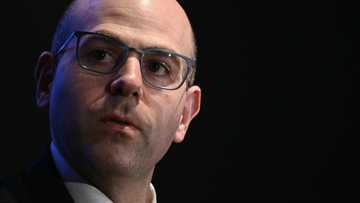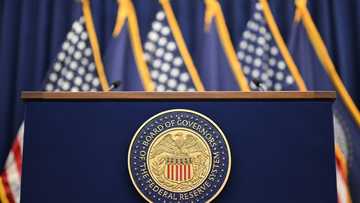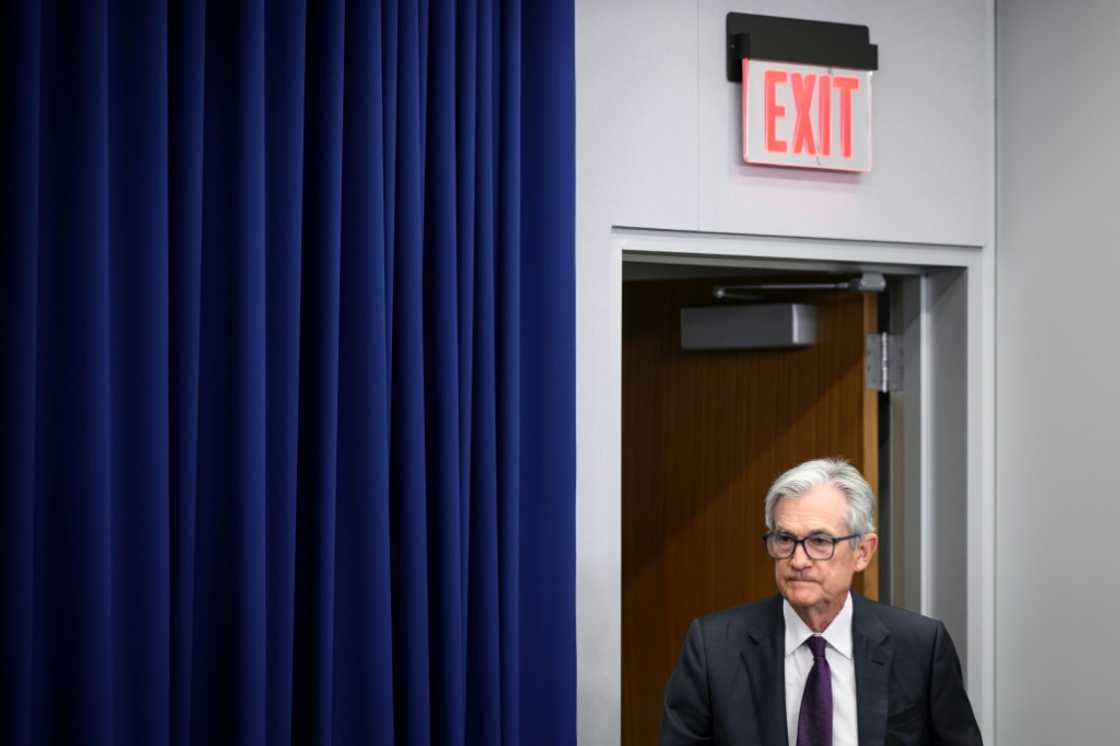
Photo: Mandel NGAN / AFP
Source: AFP
The US Federal Reserve is poised to make its first interest rate cut of 2025 on Wednesday, but it battles competing forces in the path forward — with heightened political pressure and likely divisions among its ranks.
There is little doubt that the US central bank will lower rates at the end of its two-day policy meeting, and markets widely expect a 25 basis points reduction spurred by a weakening employment market.
Less certain, however, are the pace and size of further cuts to come.
For a start, moves by President Donald Trump cast uncertainty over the Fed’s rate-setting Federal Open Market Committee (FOMC) until hours before officials were due to convene early Tuesday.
Trump, who has pushed over months for the central bank to slash rates, moved in August to fire Fed Governor Lisa Cook, sparking a legal fight that could have prevented her from attending the rate meeting.
Trump also nominated his key economic adviser to the Fed’s board of governors after another official unexpectedly resigned last month, setting in motion a confirmation process that concluded at the eleventh hour.
Stephen Miran, who has been chairing the White House Council of Economic Advisers, was sworn in as a Fed governor right before the FOMC gathering started.
But he has come under fire from Democratic lawmakers for taking a leave of absence rather than resigning from his White House role, a decision he attributed to the short tenure ending January 31 that he is filling.
Dissents
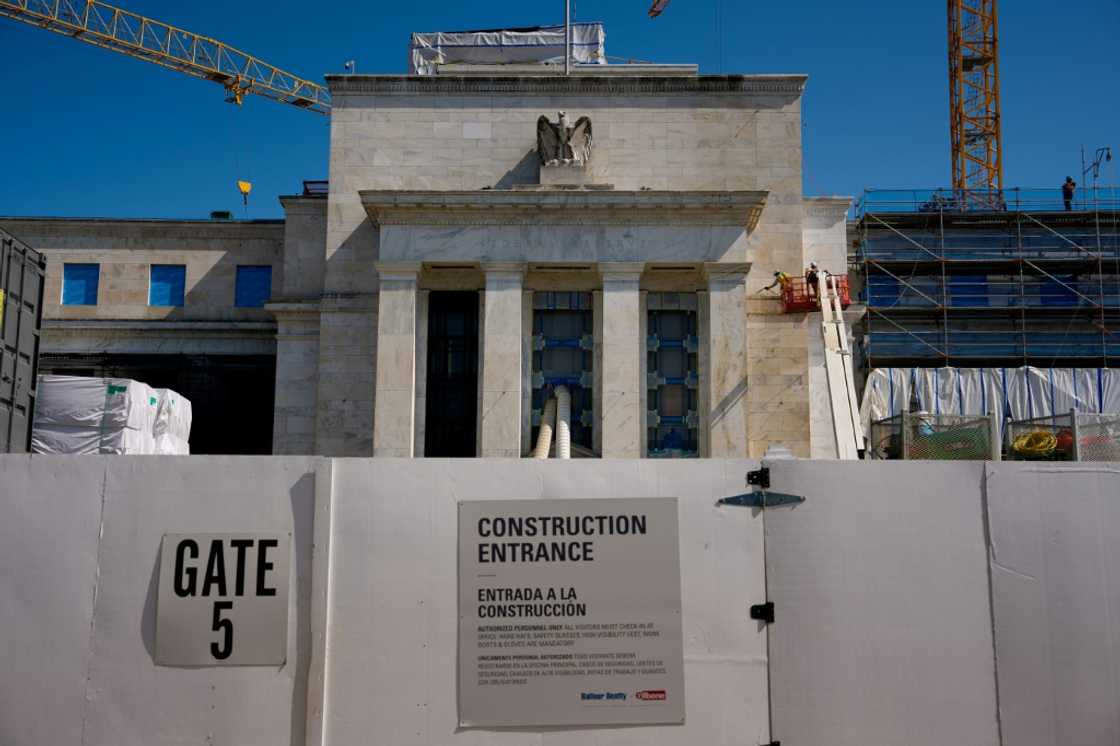
Photo: Andrew Harnik / POOL/AFP/File
Source: AFP
Economists expect to see more divisions among the FOMC too, as policymakers balance between the risk of higher inflation due to Trump’s new tariffs and a deteriorating jobs market.
Typically, the Fed might be inclined to keep rates at a higher level to bring inflation back to its two-percent target — or slash rates to support a weakening labor market.
This time, employment concerns are anticipated to win out, even as inflation remains notably above 2.0 percent.
But the economic picture means that Fed officials could dissent in both directions even if most vote for a 25 basis points cut — a situation not seen since 2019.
“That’s not a good place to be,” said KPMG chief economist Diane Swonk, adding that there were worries about both inflation and a recession.
“It’s the stagflation reality that we’re living in now,” she said, even if it is just a “mild bout.” This refers to a situation of sluggish growth and rising prices.
Fed governors Christopher Waller and Michelle Bowman, who voted against the FOMC’s last decision to hold rates steady — instead seeking a rate cut — could now dissent in favor of a bigger 50 basis points reduction.
Miran could also join them, analysts say.
But officials like Kansas City Fed President Jeffrey Schmid might dissent in the other direction, pushing to keep rates unchanged to curb inflation.
“It could be the first meeting where three governors dissent since 1988,” said Deutsche Bank economists in a recent note.
Since its last cut in December, the Fed has held interest rates at a range between 4.25 percent and 4.50 percent.
‘Political attention’
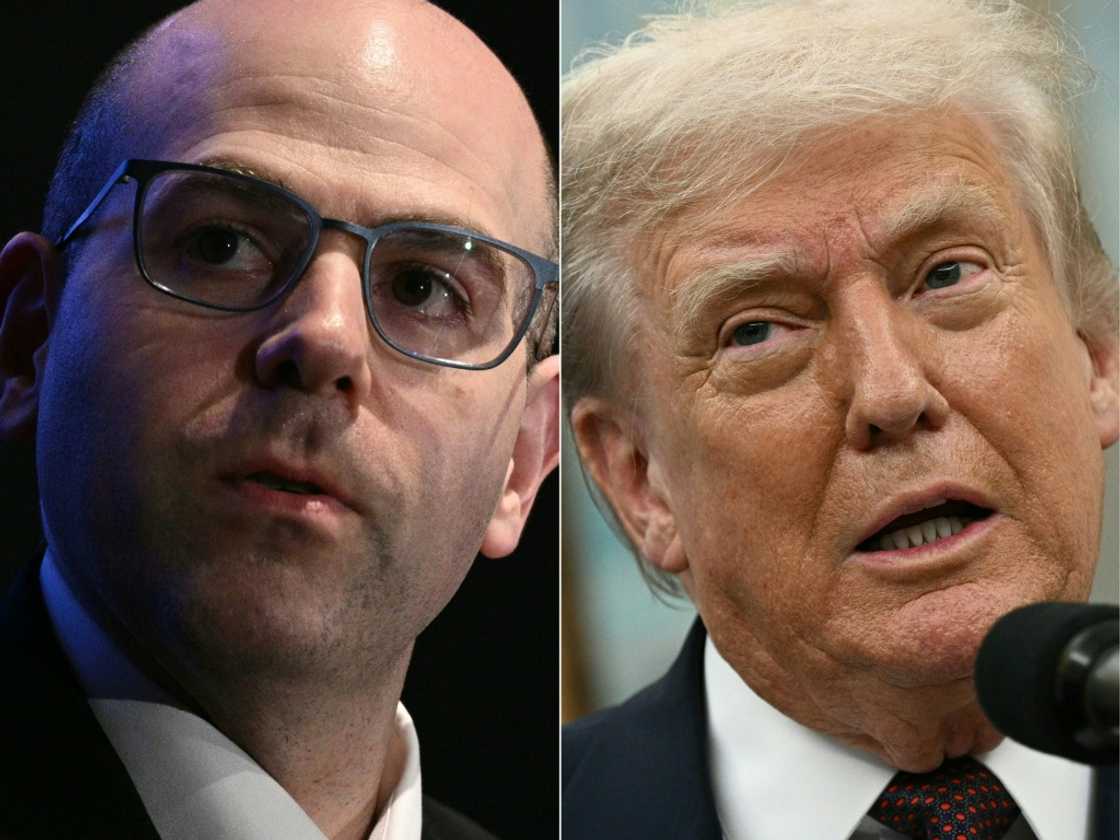
Photo: Brendan SMIALOWSKI / AFP/File
Source: AFP
Miran’s confirmation — without resigning from the CEA — also risks a sense of political influence over Fed decisions, EY chief economist Gregory Daco told AFP.
Economists will be monitoring the outcome of the FOMC’s vote and whether Miran pushes for a large rate cut that Trump has repeatedly advocated for.
Separately, the legal battle of Cook — the first Black woman on the Fed’s board of governors — could have broader implications for the bank.
A federal appeals court ruled late Monday that Cook could remain in position while challenging her removal over alleged mortgage fraud.
But the Trump administration plans to appeal this outcome, potentially bringing the case to the Supreme Court.
“The backdrop that we’re experiencing, where there is increased political attention on the Fed, is concerning,” Daco said.
“History has showed that in times when a central bank is under political influence, the economic outcomes are suboptimal,” he added.
This could mean higher inflation, lower growth and more financial market volatility.
Source: AFP
Source: Yen.com.gh



